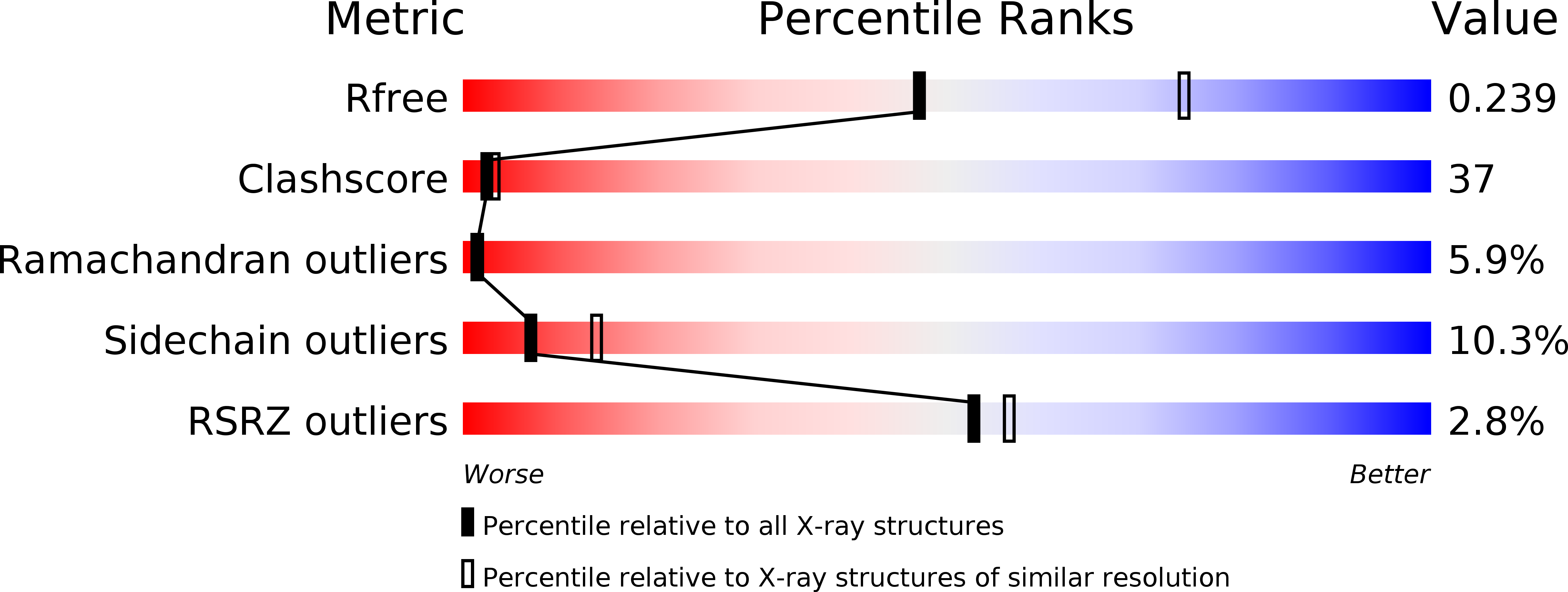
Deposition Date
2010-07-13
Release Date
2011-02-23
Last Version Date
2024-02-21
Entry Detail
PDB ID:
3NXC
Keywords:
Title:
Molecular mechanism by which the Escherichia coli nucleoid occlusion factor, SlmA, keeps cytokinesis in check
Biological Source:
Source Organism:
Escherichia coli (Taxon ID: 83333)
Host Organism:
Method Details:
Experimental Method:
Resolution:
2.50 Å
R-Value Free:
0.26
R-Value Work:
0.22
R-Value Observed:
0.22
Space Group:
P 32 2 1


